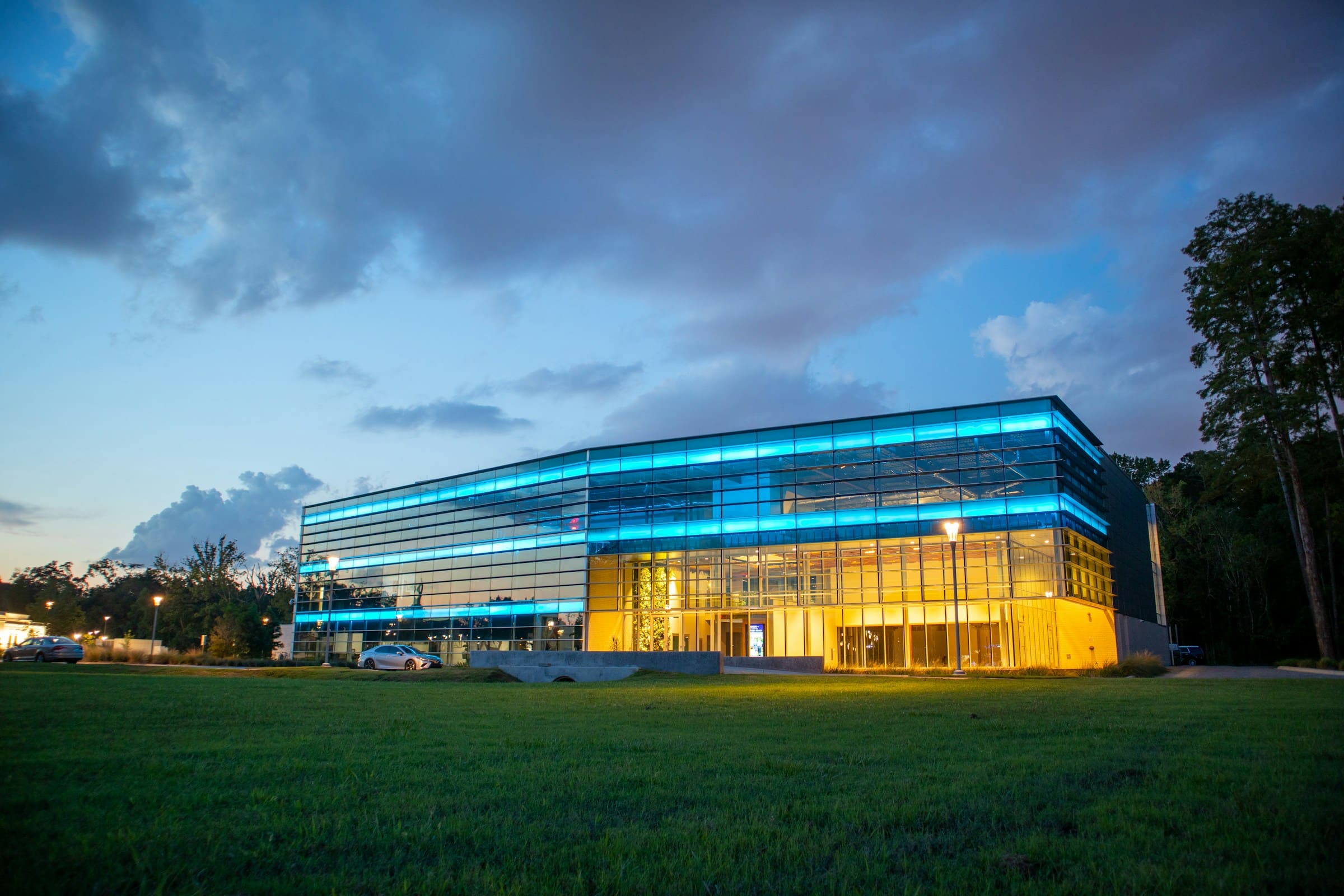How can AI-driven analytics optimize energy consumption in smart buildings?

In today's world, where energy efficiency is not just a buzzword but a necessity, smart buildings have emerged as a beacon of hope. Leveraging advanced technologies like artificial intelligence (AI) and machine learning, these buildings promise to optimize energy usage, reduce costs, and contribute to sustainable living. But how exactly can AI-driven analytics optimize energy consumption in smart buildings? Let's delve deeper into this fascinating intersection of technology and energy management.
Understanding Smart Buildings and Energy Management
Smart buildings are structures equipped with advanced systems that leverage data and sensors to monitor and manage various functions. From lighting and heating to security and power systems, these buildings are designed to operate more efficiently than traditional structures. But at the heart of their efficiency lies effective energy management.
A découvrir également : What are the key considerations for designing a secure machine learning pipeline?
Energy management in smart buildings involves the use of sophisticated algorithms and real-time data analytics to monitor, control, and optimize energy consumption. By understanding the building's energy demands, AI can make real-time adjustments to ensure optimal usage. This not only reduces energy consumption but also lowers operational costs and enhances the building's sustainability.
The Role of Artificial Intelligence in Energy Systems
Artificial intelligence plays a pivotal role in optimizing energy systems within smart buildings. By utilizing machine learning algorithms, AI can analyze vast amounts of data from various sensors and devices within the building. This data can include information on energy usage, occupancy patterns, weather conditions, and more.
Dans le meme genre : What are the best practices for managing API security in a multi-cloud architecture?
AI-driven analytics can identify trends and patterns that human operators might miss. For example, AI can predict when a building's energy demand will peak and adjust systems accordingly to avoid wastage. It can also identify inefficiencies in the building's energy usage and recommend corrective actions. This level of insight and control is critical for ensuring the building operates at peak efficiency.
Moreover, AI can integrate with smart grids to further optimize energy usage. By communicating with the grid, AI systems can manage energy consumption based on real-time supply and demand conditions. This ensures that the building uses energy when it is most cost-effective and reduces its use during peak demand periods.
Real-Time Data and Predictive Analytics
One of the key benefits of AI-driven analytics in smart buildings is the ability to leverage real-time data. By continuously monitoring energy usage and other relevant metrics, AI can make immediate adjustments to optimize performance. This real-time capability is crucial for maintaining energy efficiency in dynamic environments.
Predictive analytics is another powerful tool in the AI arsenal. By analyzing historical data and identifying patterns, AI can predict future energy consumption and make proactive adjustments. This can include pre-cooling buildings before occupants arrive, adjusting lighting based on natural light availability, and more.
Case Study: Optimizing HVAC Systems
Heating, ventilation, and air conditioning (HVAC) systems are one of the largest consumers of energy in buildings. AI-driven analytics can optimize HVAC operations by analyzing occupancy patterns, weather forecasts, and energy prices. For example, AI can adjust the temperature based on the number of occupants in a room, ensuring comfort while minimizing energy usage. It can also predict when to start heating or cooling to achieve the desired temperature at the right time without overuse.
Integrating Renewable Energy Sources
Smart buildings are increasingly incorporating renewable energy sources like solar and wind power. AI-driven analytics can play a crucial role in integrating these sources seamlessly into the building's energy system. By analyzing data from renewable sources and predicting their output, AI can optimize the use of renewable energy.
For instance, AI can manage energy storage systems to store excess energy generated by solar panels during the day and use it during peak demand periods. This not only reduces reliance on the grid but also maximizes the use of renewable energy, contributing to the building's sustainability goals.
Case Study: Solar Energy Management
Consider a smart building with solar panels installed on its roof. AI-driven analytics can monitor the solar energy production and predict the energy demand of the building. By doing so, it can ensure that the energy produced is used optimally, stored efficiently, or even fed back into the grid when there is excess production. This intelligent energy management can significantly reduce costs and carbon footprint.
Enhancing Demand Response and Grid Interaction
Demand response is a crucial aspect of modern energy management. It involves adjusting the building's energy consumption in response to changes in energy supply and demand conditions. AI-driven analytics can enhance demand response by predicting energy demand and making real-time adjustments.
By interacting with the smart grid, AI can also participate in energy markets. It can buy energy when prices are low and reduce consumption during peak pricing periods. This not only optimizes energy costs but also supports the stability of the grid by balancing supply and demand.
Case Study: Real-Time Demand Response
Imagine a scenario where the energy grid is under stress due to high demand. AI-driven systems in smart buildings can communicate with the grid and reduce non-essential energy usage temporarily. This real-time demand response helps prevent blackouts and ensures a stable energy supply. Moreover, buildings participating in demand response programs can receive financial incentives, further enhancing cost savings.
Future Prospects and Challenges
While the benefits of AI-driven analytics in optimizing energy consumption in smart buildings are clear, there are challenges to overcome. One major challenge is the integration of various systems and data sources. Ensuring that all devices and sensors within the building can communicate effectively is critical for the success of AI-driven energy management.
Another challenge is the need for robust cybersecurity measures. As smart buildings become more connected, they become vulnerable to cyber-attacks. Protecting the building's systems and data from unauthorized access is paramount.
Despite these challenges, the future of AI-driven energy management in smart buildings looks promising. Advances in AI and machine learning will continue to enhance the capabilities of these systems. As more buildings adopt smart technologies, the collective impact on energy efficiency and sustainability will be significant.
The integration of AI-driven analytics in smart buildings represents a significant leap forward in energy management. By harnessing the power of real-time data and predictive analytics, AI can optimize energy consumption, reduce costs, and enhance sustainability. Smart buildings equipped with AI and machine learning are not just a vision of the future; they are a reality today, paving the way for more efficient and sustainable living environments.
In conclusion, AI-driven analytics optimize energy consumption in smart buildings by leveraging real-time and predictive data to make intelligent adjustments. From managing HVAC systems and integrating renewable energy sources to enhancing demand response, AI plays a critical role in creating energy-efficient and sustainable smart buildings. As these technologies continue to evolve, the potential for even greater efficiency and sustainability in the built environment will only grow. Smart buildings with AI-driven energy management are truly the future of sustainable living.
